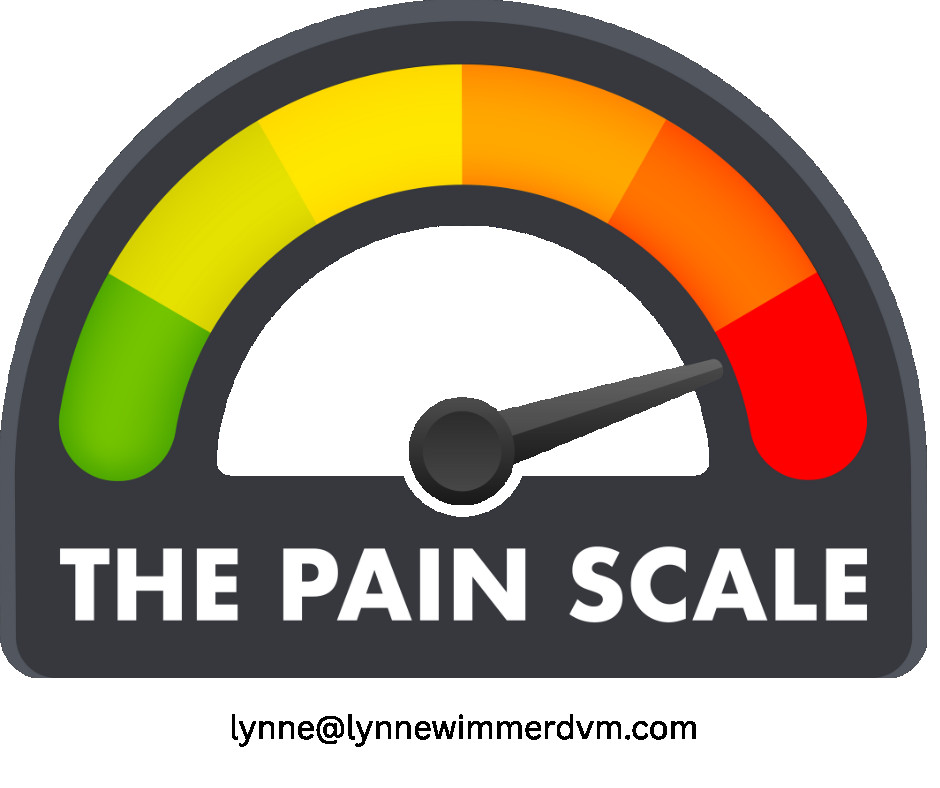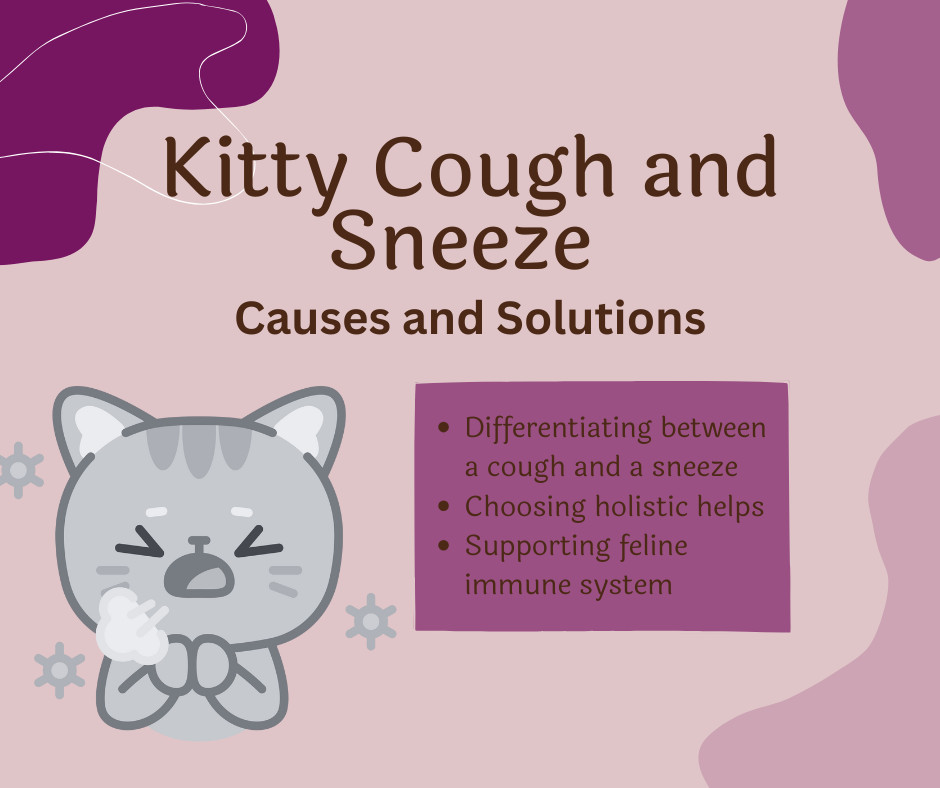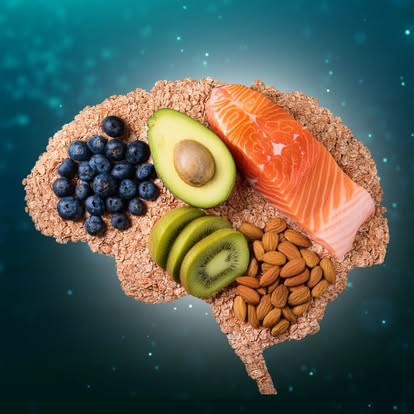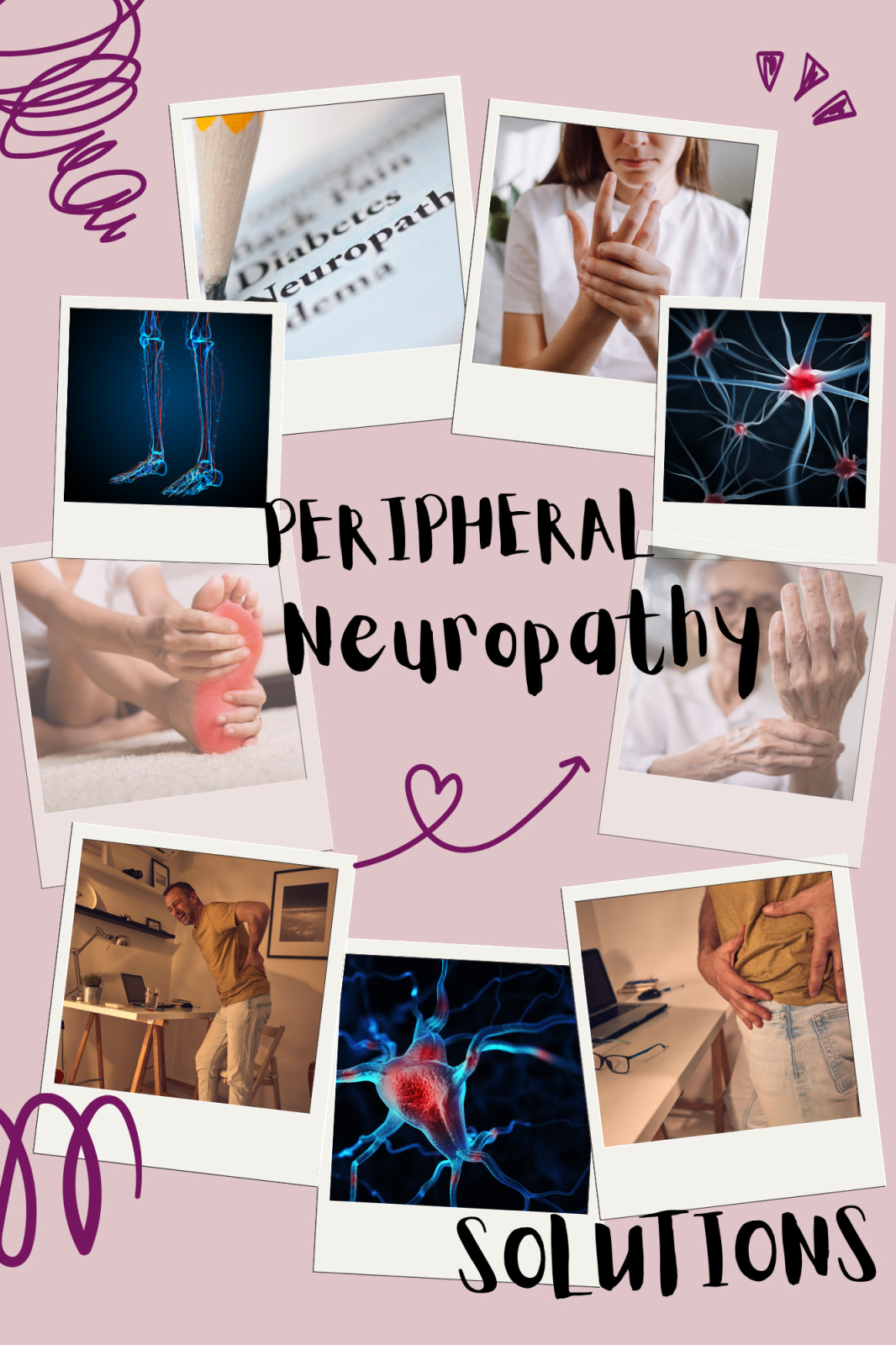
Pain serves as a complex signal, indicating more than injury or damage. The pain process operates through a system involving the brain, nerves, and sensory receptors. Understanding the Pain Loop reveals how pain may not always reflect harm but follows a cycle of sensory input, brain analysis, and response. This loop plays a vital role in protecting the body, responding to threats, and aiding the healing process.
The Basics of the Pain Loop
The Pain Loop operates between two key systems in the body: the central nervous system (CNS) and the peripheral nervous system (PNS). Here’s how it functions:
- Sensory Input: Specialized receptors throughout the body detect sensations like temperature, pressure, movement, and stress. These receptors send signals through sensory pathways in the peripheral nervous system to the brain. Think of these receptors as the body's sensors, constantly gathering information about potential threats.
- Brain Processing: Once the sensory input reaches the brain, it analyzes the data and decides whether a reaction is necessary. For example, if you touch something sharp, your receptors send a message to the brain. The brain evaluates whether this situation presents a danger.
- Response (Efferent Output): If the brain determines a threat, it sends instructions back down the nervous system to trigger a response—like moving your hand away from the sharp object. This feedback loop of information traveling from the brain to the body is called efferent output.
In this continuous cycle, the brain analyzes and processes sensory data and triggers appropriate responses to protect the body.
Sensory Input: What Your Nervous System Detects
Your nervous system senses more than pain—it detects various sensations that help inform the brain about the body’s environment and potential threats. These include:
- Temperature: Receptors in your skin detect heat and cold, signaling possible dangers like burns or frostbite.
- Movement: Movement detectors in the body inform the brain about body position, helping adjust posture to avoid harm.
- Pressure: Pressure receptors in the skin sense force or pressure that might indicate injury or discomfort.
- Stress: Internal signals of stress, whether from physical exertion or emotional strain, alert the brain to potential risks.
- Immunity: Immune responses signal the brain about infections or injuries, often manifesting as pain or inflammation.
- Blood Flow: Changes in circulation, like restricted blood flow, lead to discomfort or muscle cramps.
The Analogy: Sensory Receptors Like Your Car's Dashboard
Imagine your car’s dashboard with lights indicating oil pressure, engine temperature, tire pressure, and fuel level. Each light corresponds to a sensor in your car, warning you when something could malfunction. These dashboard lights function similarly to your nervous system. They sense potential problems and alert you to take action.
Now, picture one of those lights flashing even when nothing’s wrong. The dashboard light might get stuck in a "warning mode," even when no actual issue exists. This mirrors chronic pain, where the nervous system becomes overly sensitive, leading to unnecessary pain responses from non-threatening stimuli.
Sensory Sensitivity and Neuroplasticity
Your nervous system can increase the sensitivity of its receptors as a protective mechanism. This heightened sensitivity often occurs when the system perceives repeated danger. Neuroplasticity refers to the brain’s ability to adjust and change over time, helping the body adapt to new conditions.
When the body experiences constant pain or stress, the nervous system might begin to react more strongly than necessary. This “learned” hypersensitivity means the nervous system perceives even normal sensations as dangerous. The process of sensitization happens when the system amplifies its response, even when the stimulus lacks real threat.
Chronic Pain: Sensitivity Outlasts Healing
Chronic pain results when the body experiences pain beyond the expected healing time (usually over three months). In these cases, the nervous system continues responding with heightened sensitivity, even after the tissue heals. The nervous system misinterprets the state of the tissue, sending pain signals despite no actual damage.
The good news? Through graded interventions like rehab exercises, the nervous system learns to recalibrate its sensitivity. By gradually exposing the body to controlled movement, the nervous system becomes desensitized, and the pain response decreases.
Acute Pain vs. Sensitization: The Power of Gradual Exposure
Acute pain typically follows an injury, such as a sprained ankle. It serves as a protective response, alerting you to an injury and preventing further damage. If you twist your ankle, pain teaches you to avoid that movement in the future.
However, in some cases, pain becomes sensitized. After an injury, the nervous system may overreact to certain movements. For example, flexing the injured ankle might cause more pain than expected. Through neuroplasticity, the nervous system gradually learns to recognize normal movements as safe again.
Gradual exposure to movement helps desensitize the nervous system and reduce its overactive pain response. By carefully and progressively reintroducing movement, the nervous system recalibrates, and the body regains comfort and function.
Neuroplasticity: Rewiring the Nervous System
Neuroplasticity enables the brain, spinal cord, and peripheral nervous system to rewire itself. The more you practice pain-free movement, the more the brain “learns” that these movements no longer pose a threat. Repeated exposure to these movements creates new neural pathways, ultimately decreasing pain perception and restoring normal function.
This process allows individuals to recover from chronic pain and return to a pain-free state. The nervous system adapts to the new reality, and the brain stops interpreting harmless movements as dangerous.
Conclusion
Pain results from a complex interaction between the brain, sensory receptors, and the nervous system. Through understanding the Pain Loop and the role of neuroplasticity, you can see pain as a system to influence and manage.
By addressing the root causes of pain through techniques like gradual movement exposure, rehabilitation exercises, and neuroplasticity, the nervous system recalibrates. This process allows the body to return to a more balanced state, where pain no longer controls your life.
Read previous post here
Contact Lynne for a free 30 minute Wellness consultation. Click here.
#PAINSCIENCE #NEUROPLASTICITY #ACUTEPAIN #CHRONICPAIN #PAINRELIEF #SENSITIVITY #PAINRECOVERY #NERVESYSTEM #REHABEXERCISE #PAINMANAGEMENT #SOMATICHEALING #NEUROSCIENCE #MOVEMENTHEALING

































0 Comments